Swiss Cheese Plant
- October 20, 2023
- 0 comment
The Swiss cheese plant, scientifically known as Monstera deliciosa, is a remarkable and popular tropical houseplant cherished for its distinctive and stylish appearance. Originating from the rainforests of Central and South America, this plant has gained immense popularity worldwide for its large, glossy, and perforated leaves, resembling the holes in Swiss cheese, which give it its common name. With its striking foliage, the Swiss cheese plant has become a favorite choice among interior decorators and plant enthusiasts alike.

Its ability to thrive in low to moderate light conditions, coupled with minimal maintenance requirements, makes it an excellent choice for indoor gardening. As it matures, the Swiss cheese plant can even produce delicious fruit, though this is relatively rare when grown as a houseplant. Its unique aesthetics and ease of care have made it an iconic addition to any greenery collection, adding a touch of the exotic to indoor spaces.
| Characteristics | Description |
| Scientific Name | Monstera deliciosa |
| Common Names | Swiss cheese plant, Monstera |
| Origin | Central and South America |
| Foliage | Large, glossy, perforated leaves |
| Light Requirements | Low to moderate light; indirect sunlight |
| Watering | Allow the top inch of soil to dry between waterings |
| Temperature Range | 65-80°F (18-27°C) |
| Humidity | Prefers higher humidity levels, around 60-80% |
| Mature Height | Can reach up to 10 feet (3 meters) indoors |
| Maintenance | Low maintenance, minimal pruning required |
| Propagation | Easily propagated through stem cuttings |
| Fruit | Can produce edible fruit when mature (rare indoors) |
| Toxicity | Considered mildly toxic if ingested; keep away from pets and children |
| Use | Popular as an ornamental houseplant and interior decor |
Botanical Beauty of the Swiss Cheese Plant
The Monstera deliciosa, more commonly known as the Swiss cheese plant, is a true botanical beauty that has captivated plant enthusiasts and interior decorators alike. With its striking and distinctive appearance, this tropical plant boasts large, glossy leaves adorned with intricate patterns of holes, which resemble the porous texture of Swiss cheese. Its scientific name, Monstera, is derived from the Latin word for “monstrous,” a fitting nod to the colossal allure of its foliage. The Swiss cheese plant’s aesthetic appeal is second to none, making it a coveted addition to any plant collection or indoor space.
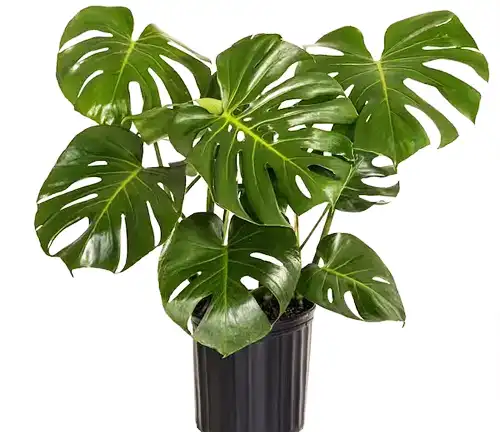
Woodland Elegance

Originating from the lush rainforests of Central and South America, the Swiss cheese plant exudes woodland elegance like no other. Its thriving natural habitat, characterized by towering trees and dense undergrowth, provides the perfect backdrop for this tropical gem. The plant’s broad, glossy leaves and distinctive holes have evolved as an adaptation to maximize light capture while minimizing wind resistance. In the wild, it climbs on tree trunks using its aerial roots, further enhancing its elegant appearance. This plant’s unique adaptation is a testament to the wonders of nature’s design.
Ecological Importance
Beyond its aesthetic allure, the Swiss cheese plant plays a crucial role in the ecosystems where it thrives. In its native rainforest habitat, this plant provides shelter and nesting opportunities for a variety of wildlife, including birds, insects, and small mammals. The fallen leaves and debris from the plant also contribute to the nutrient cycling in the forest floor. Its ecological importance underscores the interconnectedness of plant life in these biodiverse ecosystems.

Cultivation and Conservation
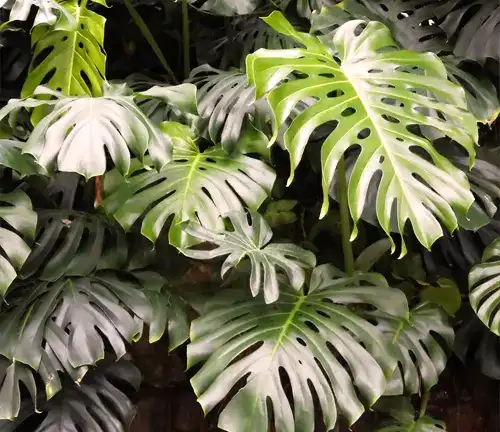
While the Swiss cheese plant’s popularity as a houseplant has skyrocketed, its natural habitat faces threats due to deforestation and habitat degradation. Conservation efforts are vital to protect this species and its ecosystem. Fortunately, this plant’s adaptability to indoor conditions has made it widely available in nurseries and homes worldwide. Responsible cultivation and the propagation of Swiss cheese plants can help ease pressure on wild populations and promote conservation awareness.
Fragrance
The Swiss cheese plant is not just a visual delight; it can also tantalize the senses with its subtle fragrance. As the plant matures, it may produce delicate, white, lily-like flowers that emit a pleasant scent, enhancing its overall charm. While these blooms are somewhat rare indoors, they provide an extra layer of enchantment for those fortunate enough to experience them.
Soil Stabilization
In its natural habitat, the Swiss cheese plant contributes to soil stabilization. Its extensive root system anchors the plant to the trees it climbs, reducing soil erosion and stabilizing the forest floor. This function highlights the plant’s ecological importance in maintaining the structural integrity of its rainforest environment.
Common Uses
Apart from its role as an indoor decorative piece, the Swiss cheese plant has various uses. In some regions, the plant’s mature leaves are employed for traditional purposes such as wrapping food or crafting baskets. Its unique appearance and symbolism also make it a popular choice in art and design. The Swiss cheese plant serves as a testament to the creative ways in which humans find utility in nature’s beauty.
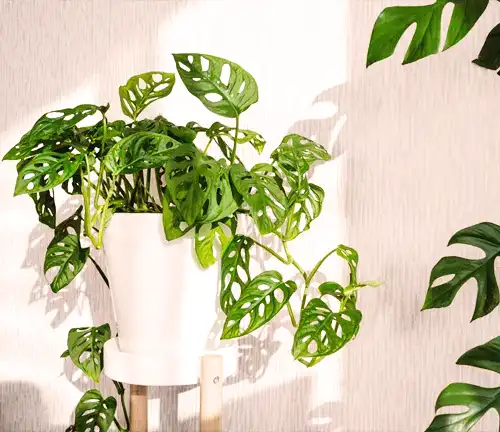
Benefits
The Swiss cheese plant offers numerous benefits to its owners. It is a low-maintenance houseplant, making it an ideal choice for those with busy lifestyles or limited gardening experience. Its air-purifying qualities help improve indoor air quality, making it a healthy addition to homes and workspaces. Furthermore, caring for the Swiss cheese plant can be a fulfilling hobby, providing both aesthetic and emotional rewards to plant enthusiasts.
Different Species
Monstera adansonii (Adanson’s Monstera) This species is often called the “narrow-leafed Swiss cheese plant.” It features smaller, more delicate, and elongated leaves with holes, making it quite distinct from the broad leaves of Monstera deliciosa. It’s a popular houseplant known for its trailing vines and attractive foliage.
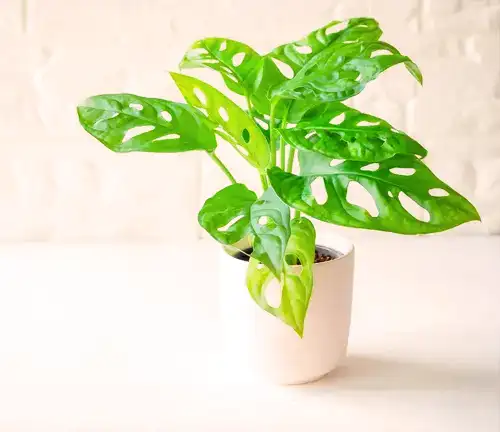
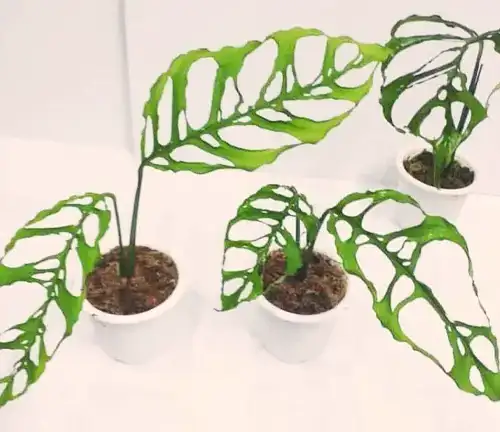
Monstera obliqua is known for having smaller leaves with irregular hole patterns. It’s sometimes referred to as the “Swiss cheese vine” and is appreciated for its ornamental value.
Monstera siltepecana (Silver Monstera) This species has unique silver and green variegated leaves, setting it apart from the typical Swiss cheese plant. Its leaves are oval and have perforations, making it a sought-after choice for indoor gardens.

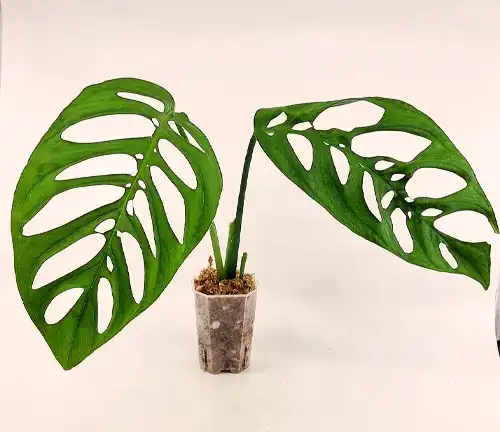
Monstera epipremnoides is a rarer species with more elongated and narrower leaves. The holes on its leaves are irregular and have a distinct charm, making it a prized collector’s plant.
Monstera adansonii ‘Monkey Mask’ This is a cultivar of Monstera adansonii, also known as the “Monkey Mask” due to the unique shape and pattern of its leaves. The holes on the leaves form a monkey face-like pattern, which is quite captivating.
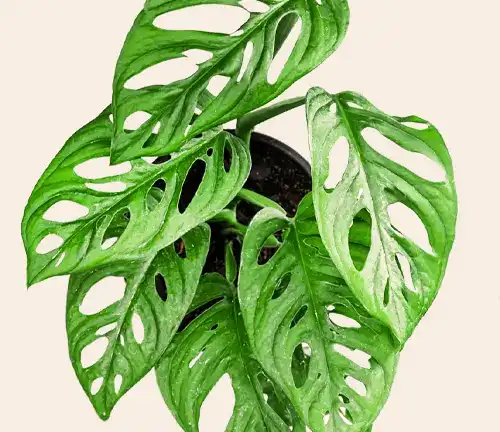
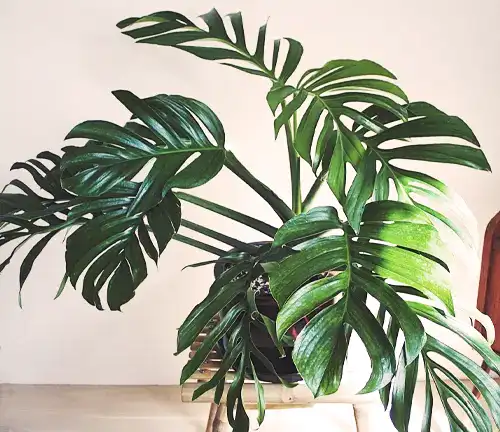
Monstera pinnatipartita This species exhibits deeply lobed leaves with distinct incisions. It’s native to the rainforests of South America and is valued for its unique leaf structure.
Monstera deliciosa var. borsigiana This is a variation of the Monstera deliciosa species. It’s known for its smaller size and slightly different leaf shape compared to the standard Monstera deliciosa. It’s often preferred for its more compact growth habit.
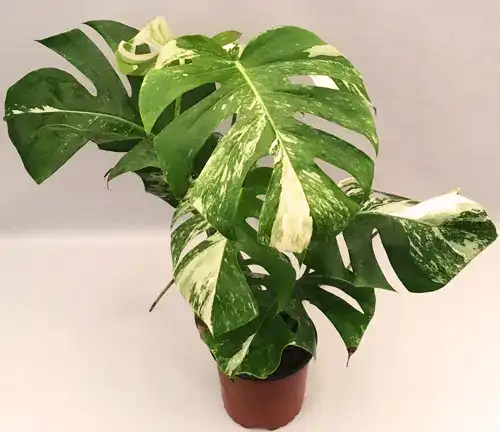
Frequently Asked Questions (FAQs)
- What is a Swiss cheese plant?
The Swiss cheese plant, or Monstera deliciosa, is a popular tropical houseplant known for its large, perforated leaves resembling Swiss cheese. It’s native to Central and South America and is prized for its unique appearance. - How do I care for a Swiss cheese plant?
Swiss cheese plants thrive in moderate light, well-draining soil, and regular watering, allowing the top inch of soil to dry out between waterings. They benefit from high humidity and occasional pruning to encourage healthy growth. - Can I grow a Swiss cheese plant indoors?
Yes, Swiss cheese plants are well-suited for indoor cultivation. They can tolerate lower light conditions but do best in bright, indirect sunlight. - How fast does a Swiss cheese plant grow?
The growth rate can vary but is generally moderate. With the right care, you can expect new leaves to emerge every few weeks during the growing season. - Why do the leaves of my Swiss cheese plant have holes?
The distinctive holes or fenestrations in the leaves are a natural adaptation that allows the plant to capture light while minimizing wind resistance in its native rainforest habitat. - Is the Swiss cheese plant toxic to pets or humans?
Swiss cheese plants are considered mildly toxic if ingested. It’s best to keep them out of reach of pets and children. Ingesting the plant may lead to mild gastrointestinal discomfort. - Can I propagate a Swiss cheese plant?
Yes, Swiss cheese plants can be propagated through stem cuttings. Simply cut a healthy stem with a node and place it in water or soil to encourage root growth. - Does the Swiss cheese plant produce fruit indoors?
While it’s possible for a Swiss cheese plant to produce fruit, it’s relatively rare when grown as a houseplant. The fruit is edible and known for its pineapple-like flavor. - How can I support the Swiss cheese plant’s growth?
Use a moss pole or trellis to support the plant as it grows. This will help it climb and produce larger leaves. - Why are the leaves of my Swiss cheese plant turning brown or yellow?
Yellowing or browning leaves can be a sign of overwatering, insufficient light, or poor drainage. Adjusting care conditions can help restore the plant’s health.


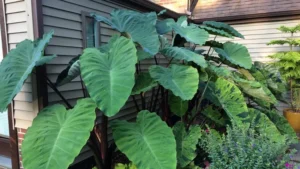



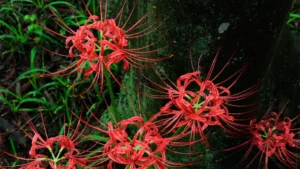
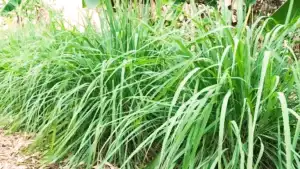

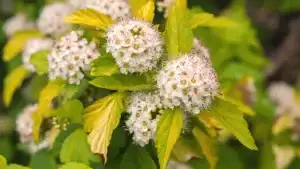
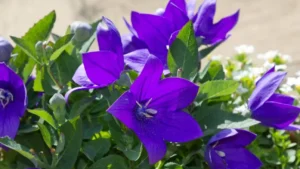


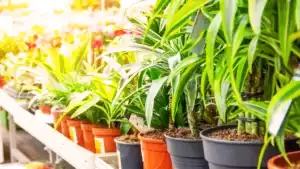
Leave your comment